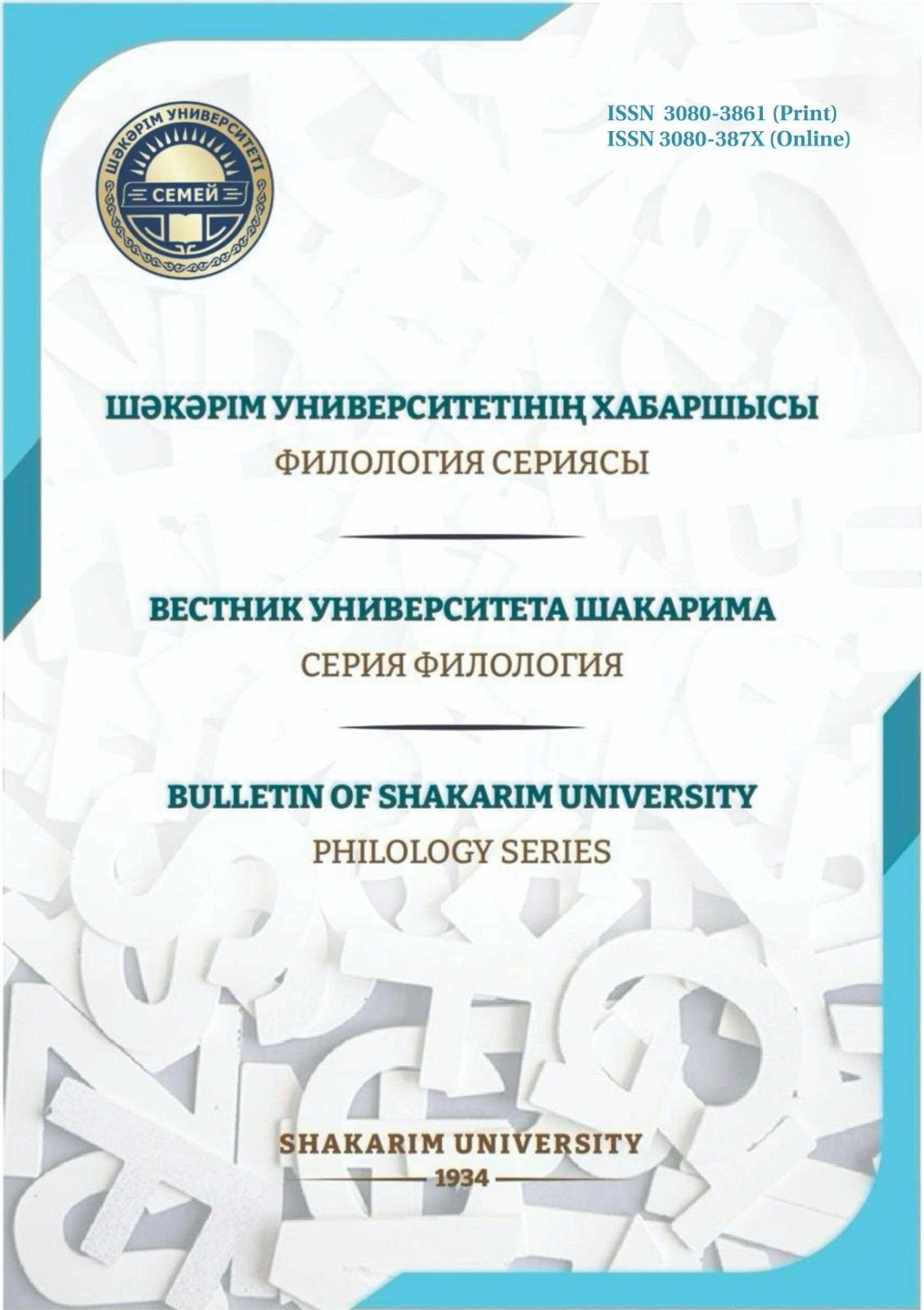SEPARATION, PARTING, BREAKING: ABOUT RELATIONSTHROUGH THE PRISM OF ACTANT STRUCTURES
Keywords:
separation, parting, breaking, actant, actant structure, semantics of language signs, concept, conversion, verb, definition.Abstract
The article discusses the use of a group of words that call the break up of relationship, separation, which include the nouns separation and break up.
The authors of the article study the semantics of these words in the Russian language on the basis of deep syntax, in the aspect of their actant structures. The concept of actant is the initial, defining one.
The authors note the high intensity of verbal word formation, especially in the sphere of nouns, as well as the tendency to maintain those verbal nouns that, according to explanatory dictionaries, have become obsolete, but, being formed according to regular and productive models, are supported by active word use, both in old and new meanings and contexts of use, as well as in various discourses.This fully applies to the noun separation, which, despite its bookishness and unpopularity of the model in colloquial speech, nevertheless turns out to be indispensable in expressing the semantics of the process by verbs to separate-to separate.
The authors came to the conclusion that the differences in the actant structures of the considered verbal names separation, break up inherited from the generating verbs and determining their significance in the system, allow us to Express in speech the subtle nuances of human relations.
Downloads
Published
Issue
Section
License
Copyright (c) 2025 The editorial staff of the journal follows the copyright law of the Republic of Kazakhstan and relevant international agreements. The authors retain their copyright and provide the journal «Bulletin of Shakarim University. Series of Historical Sciences» right of first publication of the manuscript. The author has the right to copy and distribute the material in any medium and in any format, subject to appropriate reference to the journal. Readers and users can freely copy, distribute and adapt the material, provided that the author of the work is indicated and a link to this journal is provided. Copyright presupposes the integrity and responsibility of each co-author who made a significant contribution to the writing of the article. The author has the right to store his publications in an institutional or other repository of his choice, provided he provides the appropriate link to the journal’s website.

This work is licensed under a Creative Commons Attribution-NonCommercial 4.0 International License.
Copyright presupposes the integrity and responsibility of each co-author who made a significant contribution to the writing of the article.
The author has the right to store his publications in an institutional or other repository of his choice, provided he provides the appropriate link to the journal’s website.

